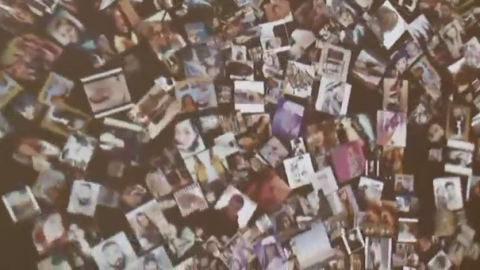
LONDON, United Kingdom (Reuters) — London’s Saatchi Gallery launches on Friday (March 31) “From Selfie to Self-Expression,” which it says will be the world’s first exhibition looking at the history of selfies.
It kicks off with Rembrandt, the 17th century Dutch artist whose dozens of self-portraits created an intimate autobiography with confident brushstrokes. His paintings are represented on digital screens that one can “like,” resulting in a red heart appearing over the image – just as on social media.
Modern-day selfies are different because they show “how we would like the world to see us, rather than how we are and who we are,” said Saatchi Gallery Chief Executive Nigel Hurst.
In the digital age, the selfie has become ubiquitous, and the word was added to the Oxford English Dictionary in 2013.
Running to the end of May, the exhibition includes selfies by soccer player David Beckham and reality TV star Kim Kardashian, and even the first selfie shot by an animal (a monkey).
It also presents artworks inspired by selfies. English artist Alison Jackson stages lookalike celebrities such as Britain’s Queen Elizabeth or U.S. President Donald Trump in imaginary scenes.
The exhibition concludes with a critical stance on selfies, with an installation by Mexican artist Rafael Lozano-Hemmer and Polish artist Krzysztof Wodiczko of 12 surveillance cameras.
“Selfies are not an option, it’s something that is opening out our identity for good but mostly for bad, shaping up a controlling society,” Lozano-Hemmer said.








